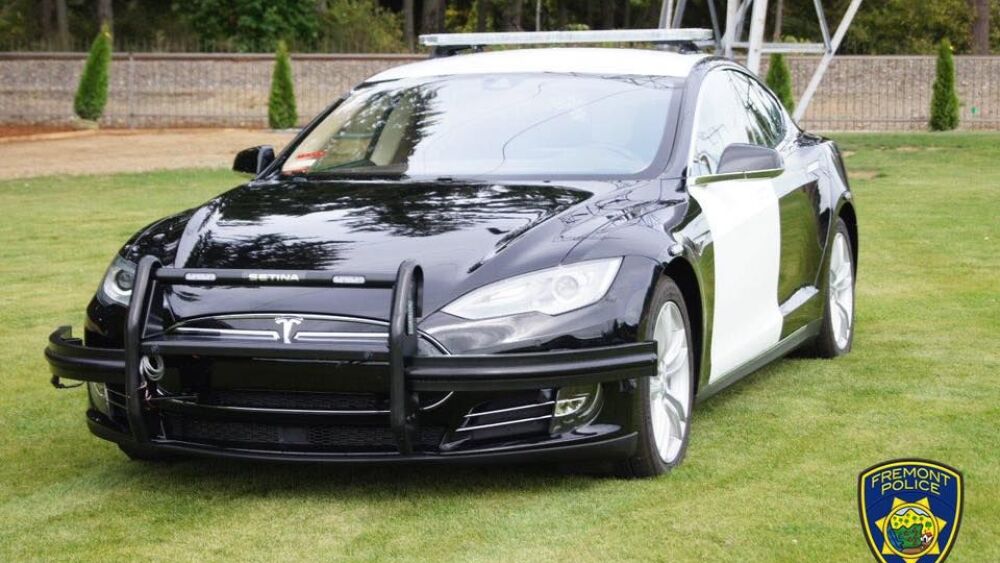By Michael Benson
Every police chief needs to know how their current fleet works in order to make a good decision on electrification.
Some questions to ask include:
- How often are your vehicles in motion, how long are they at rest and how long do they idle?
- Do you have data from an Automatic Vehicle Locator or other telematics systems?
- Do your officers share cars requiring quick charging between shifts, or do the cars remain at the station long enough for slower charging?
- Do your officers take their cars home, and, if so, how will they charge them there?
The more you know about how your police cars are used, the better off you will be when you begin electrifying your fleet.
Electric vehicles offer multiple advantages over traditional gasoline vehicles, including quickness, efficiency, quietness and lower costs to operate and maintain. Your greatest saving comes from fuel because electricity is cheaper than gasoline.
Before you go electric, you need to consider how the electric vehicles will fit in your department and how and when you will charge them. Investing time in understanding how your fleet works today will help you choose the right electric options and appropriate charging infrastructure in 2022 and beyond.
NEXT: Trending topic: Electric vehicles for public safety
About the author
Michael Benson is the co-owner of Command Consulting LLC, a company focusing on municipal electrification. He is a retired public safety professional with 30 years of experience innovating for local and regional governments, improving services and lowering costs. Chief Benson has a Master’s Degree in Public Administration from Anna Maria College, a Professional Certificate in Energy Innovation and Emerging Technologies from Stanford, and he drives an electric car.


